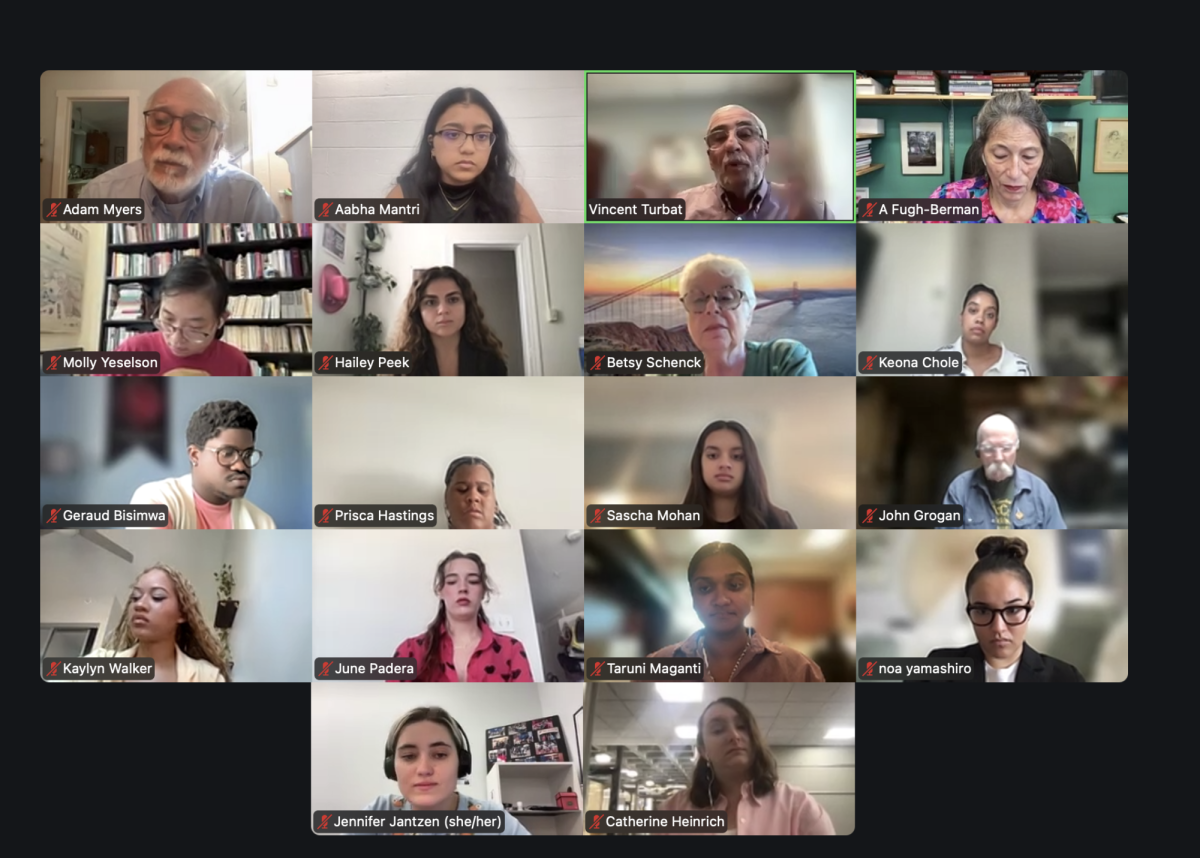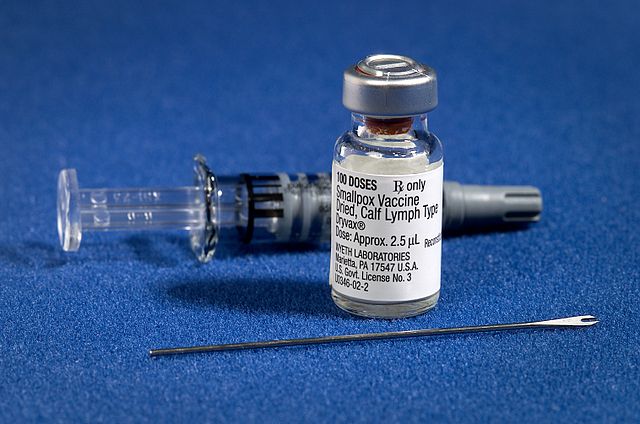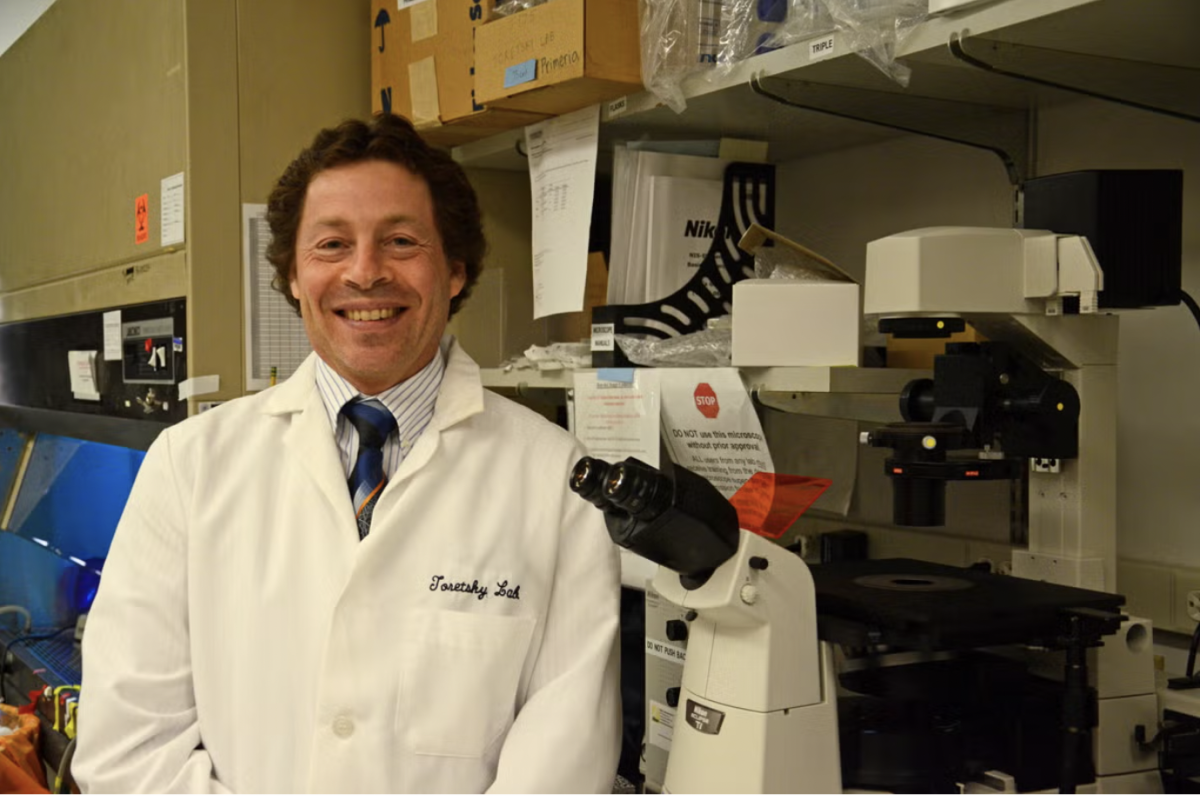A Georgetown University global health and health economics professor encouraged the use of indicators to assess the performance of health systems at a Sept. 3 event.
This event was the first of 12 Health and the Public Interest (HAPI) seminars this fall, which allow attendees to engage with health care leaders on various health topics. The speaker, Professor Vincent Turbat, spoke about analyzing health systems primarily from an economic perspective.
Turbat, who worked as a health economist at the World Bank before coming to Georgetown, said it is essential to analyze the core goals of health care systems.
“So the first thing to mention is that performance is measured by the extent to which the core goals are achieved,” Turbat said at the event. “But sure enough, it depends on these goals.”
Turbat said that one core goal for countries to achieve that has recently emerged is universal health coverage, which is also one of the World Health Organization’s sustainable development goals.
“So, what does that mean to try to reach universal health coverage?” Turbat said at the event. “It means that everyone has access to the full range of quality health services they need, when and where they need them, without financial hardship.”
Turbat said some common measures used to indicate the performance of health systems with respect to these goals include not only ones such as life expectancy and mortality rate, but also economic indicators. One such indicator is current health expenditures (CHE) as a percentage of GDP, which is a measure of the level of resources going towards health care relative to other expenditures.
“CHE means current health expenditures that are the expenditures that are renewed several times during the year,” Turbat said. “And you want to see the percentage of the CHE in the GDP.”
Adam Myers, the co-director of the HAPI master’s program, said the seminar series aims to educate students about the interdisciplinary approaches involved in enacting change in health policy.
“We’re a program that looks at health and public health from the standpoint of social determinants, influences of all kinds of factors, including economic factors, such as today,” Myers said at the event. “So we’re a wide-ranging program that looks at practically everything that affects health, except for the actual clinical practice of medicine.”
Aabha Mantri (GRD ’26), the student moderator of the seminar, said she appreciated how Turbat defined all his acronyms and terms, making the presentation more accessible.
“It was very well presented,” Mantri told The Hoya. “He knew that we weren’t experts. He knew that we probably wouldn’t know everything that he was going to talk about. He was very good at slowing down to be like, ‘This is what this means, and this is how we implement it.’”
Turbat said analyzing health system performance using CHE is not just about the adjusted measure of the cost, but also about technical and allocative efficiency.
“So when we say to improve costs, it means two things: The first one is we want to improve the technical efficiency,” Turbat said.“Technical efficiency means that you want to be able to provide services, health services, in the most cost-effective way.”
“The second aspect of cost-effectiveness is what we call allocative efficiency,” Turbat added. “It means providing health services that best meet societal needs and maximize health outcomes given the available resources in the country.”
Turbat said the United States does poorly compared to other countries when considering this cost versus health outcome performance.
“So, for example, if you look at the U.S., you see that the CHE in percentage of GDP is 18%. And if you look at the health outcomes, you see that they are among the worst among the high-income countries,” Turbat said. “So if you have a country spending a lot for bad results, as compared to the other countries, then it’s clear that you don’t have technical efficiency. You don’t have allocative efficiency.”
Turbat said one way to find successful interventions to improve technical and allocative efficiency is to perform cost-effectiveness analyses.
“Today, it’s possible to conduct what we call cost-effective analyses, and these cost-effectiveness analyses provide you with information about the interventions that you should implement,” Turbat said. “You don’t want to use the less cost-effective because you are wasting resources, and resources are scarce.”
Turbat said one such solution to achieve greater health system performance is to improve health system financing by covering more people and increasing benefits.
“So you need to provide this financial protection, without which people cannot access health services,” Turbat said.
Mantri said that because many people say they recognize a need to change the U.S. health care system, these interdisciplinary perspectives are important for creating solutions.
“The seminar kind of shows there is no one way to work in public health specifically,” Mantri said. “There are a lot of ways that you can contribute to change or contribute to the betterment of health systems. And it also shows that we need people from different backgrounds to work in this field.”








